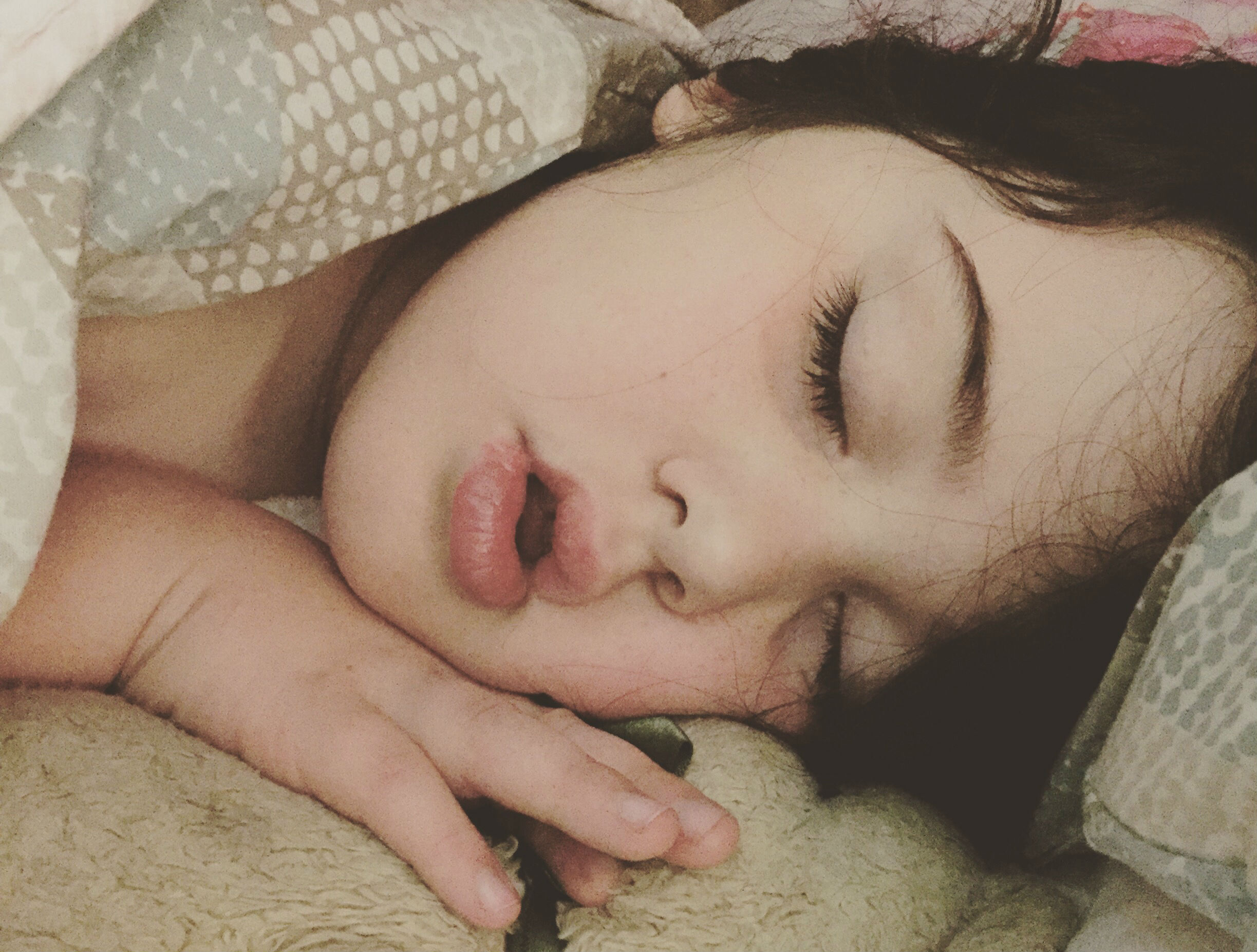
It's cold and flu season and you know what that means: time for our kids to start racking up the sick days. We all know the basics of what to do when our child is sick, but the one question every parent has is when are they healthy enough to go back to their normally scheduled activities? So to help get a rough idea of when you can safely send your child back to school or day care, we talked to pediatrician Ashanti Woods, MD, FAAP, of Mercy Family Care Physicians.
After a fever
According to Woods, a fever is a temperature of 100.4 F or higher. You should generally feel comfortable sending your kids back to school when they are fever-free, and have been so for at least 24 hours. Your little one should also be back to drinking fluids like normal. Woods says that “this means that if a child is sluggish to drink on his or her own, that is a child who should likely stay home another day.”
After tummy troubles
“Any child having difficulty keeping their food or liquid intake down (vomiting) or a child who is having frequent loose stools (diarrhea) should also stay home,” explains Woods. “These are both signs of gastroenteritis, a condition with many causes, but when caused by a virus is highly contagious. Children should be able to go a 24-hour period free of vomiting and diarrhea before it is safe for them to return to school.”
After rashes, bumps, and gunk
If your child is suffering from one of the many rashes that require a prescription from your doctor (like impetigo or ringworm) they need to be using their prescription for a full 24 hours before returning to school or day care. “Also any exposed areas of skin should be covered with a bandage when possible," Woods advises. “For viral rashes, such as hand-foot-mouth disease, a child is safe to return when he or she has no new spots and none of their affected areas are draining fluid.” When it comes to the dreaded pink eye, Woods says you still need to follow the 24-hour rule. Your child needs to have been using their antibiotic eye drops for at least 24 hours before returning to school or day care to avoid spreading the disease.
If they’re still struggling to breathe
Having a kid who is struggling to breathe is scary, and if your child is in that state, they need to remain at home. If your child has a pre-existing condition, like asthma, they may be more likely to experience this symptom. The rule of thumb for an asthmatic is that they should be able to go the length of a school day, or their day care shift, without requiring the use of their rescue inhaler. Dr. Woods advises that any child needing their rescue inhaler every four hours should remain at home for another day or two, and “any child requiring his or her rescue inhaler in intervals less than four hours should see his or her pediatrician.”
Still coughing, sneezing, and suffering from a runny nose
Of course, not everything is cut and dried. For example, a mild cough and runny nose (without a fever) could just be symptoms of the common cold. A cold, although contagious, can last for upwards of one to two weeks. Woods doesn’t believe you need to keep your child home if those are their only symptoms. Woods says a child with a “hacking cough or copious nasal discharge” may benefit from staying at home and receiving additional medical attention.
As always, you know your child best, so if they are symptom-free but still not acting like themselves, consider keeping them home a little while longer and enjoying the extra cuddles.




